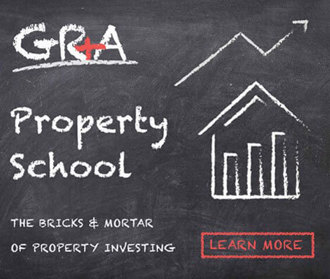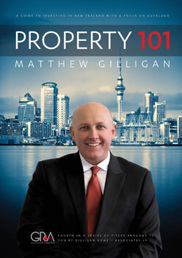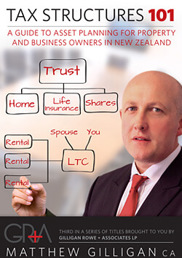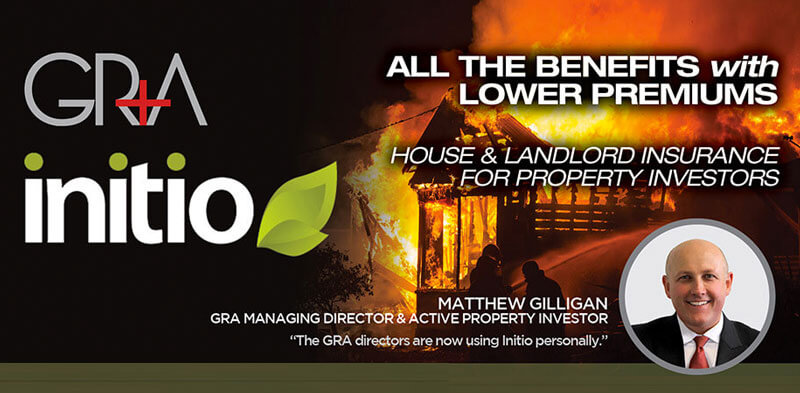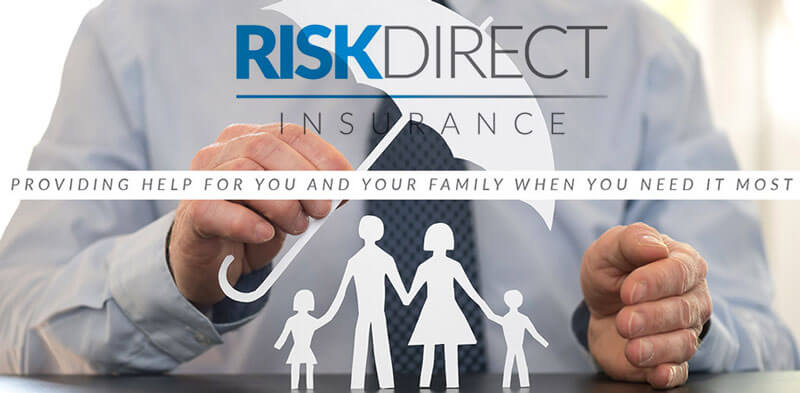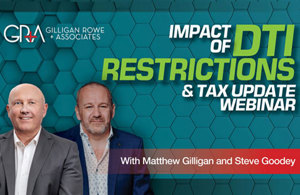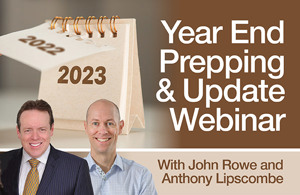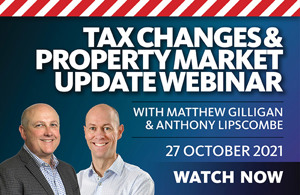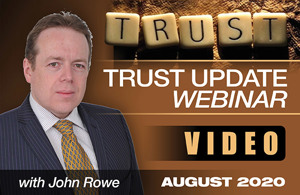
From the first pay period on or after 1 April 2013, the contribution rates for both employees and employers increased from 2% to 3% of gross salary. However, employees will still be able to select a higher employee contribution rate of 4% or 8%.
All employer cash contributions to a superannuation fund (including KiwiSaver schemes and complying funds) are liable for ESCT (Employer Superannuation Contribution Tax). The exception is if the employee and employer have agreed to treat all of the employer contribution as salary or wages under the PAYE rules.
For employers, there are two approaches to calculating minimum contributions to KiwiSaver:
1. The "Default Approach"
2. The "Total Remuneration Approach"
The "Default Approach" arises when an employee is a member of KiwiSaver and receives a 3% employer contribution in addition to normal remuneration.
The "Total Remuneration Approach" is where an employer sets a fixed amount to be paid to the employee as remuneration and then takes the cost of paying any employer KiwiSaver contributions out of the employee’s pay. This gives certainty around wage costs and also removes any perceived bias between KiwiSaver versus non-KiwiSaver employees.
However, it should be noted that if an employer wishes to adopt a total remuneration approach to KiwiSaver, the employer must provide for this in the employment agreement, and it must be agreed to and signed off by both employer and the employee. If an employer does not include a total remuneration clause in an employment agreement, the default approach will apply.
Comments
Testimonials
Anna is fantastic. We often have lots of quick questions which are swiftly answered by Anna via a return phone call or by email. Her team is also very responsive.
- NC, November 2023
Gilligan Rowe and Associates is a chartered accounting firm specialising in property, asset planning, legal structures, taxation and compliance.
We help new, small and medium property investors become long-term successful investors through our education programmes and property portfolio planning advice. With our deep knowledge and experience, we have assisted hundreds of clients build wealth through property investment.
Learn More


